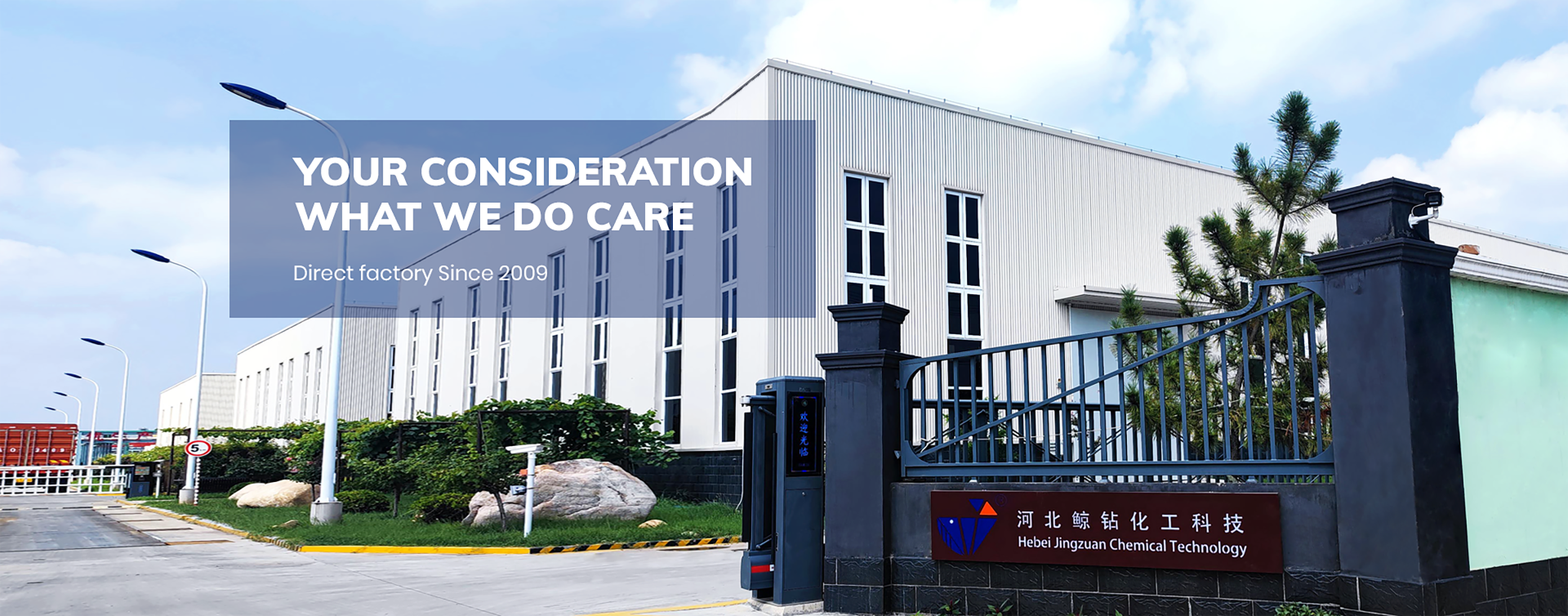
Nov . 05, 2024 17:32 Back to list
celulosa hpmc
Understanding Cellulose and HPMC Key Components in Various Industries
In the realm of materials science and pharmaceuticals, cellulose and its derivatives have gained significant attention for their wide range of applications. Among these derivatives, Hydroxypropyl Methylcellulose (HPMC) stands out not only for its unique properties but also for its versatility in various industries, including pharmaceuticals, food, and construction. This article aims to delve into the properties, applications, and benefits of cellulose and HPMC.
What is Cellulose?
Cellulose is a complex carbohydrate, or polysaccharide, that constitutes the primary structural component of the cell walls in plants. It is composed of linear chains of glucose molecules, linked together by β(1→4) glycosidic bonds. This biopolymer is not only the most abundant organic polymer on Earth but also a significant renewable resource.
One of the remarkable characteristics of cellulose is its insolubility in water, which makes it an important fibrous material that provides strength and rigidity to plant structures. However, through chemical modifications, cellulose can be transformed into various derivatives, enabling its use in numerous applications.
What is HPMC?
Hydroxypropyl Methylcellulose (HPMC) is a semi-synthetic polymer derived from cellulose. It is produced through the chemical modification of cellulose, where hydroxypropyl and methyl groups are introduced to the cellulose backbone. This process not only enhances its solubility in water but also significantly improves its rheological properties, making HPMC a popular choice in many formulations.
Properties of HPMC
HPMC possesses a variety of unique properties that contribute to its widespread use - Water Solubility HPMC is soluble in cold water, forming a clear gel upon hydration. This property makes it an excellent thickening and film-forming agent. - Viscosity Control HPMC can be modified to achieve various viscosities, allowing for tailored formulations in different applications. - Non-toxic and Biocompatible Being derived from natural cellulose, HPMC is considered safe for use in food and pharmaceutical products. - Thermal Stability It maintains its properties over a broad temperature range, making it suitable for high-temperature processes.
Applications of HPMC
celulosa hpmc

HPMC finds application across several sectors
1. Pharmaceuticals In the pharmaceutical industry, HPMC is commonly used as a binder, stabilizer, and controlled-release agent in tablet formulations. Its ability to form gels facilitates the sustained release of active ingredients, enhancing therapeutic efficacy.
2. Food Industry HPMC serves as a food additive, functioning as a thickener, emulsifier, and stabilizer in a variety of food products. It aids in improving texture, extending shelf life, and enhancing the overall quality of food items.
3. Construction Materials HPMC is incorporated into cement, mortar, and tile adhesives to improve workability, extend open time, and enhance adhesion. It helps in retaining moisture and controlling the setting time, which is critical in construction applications.
4. Cosmetics In cosmetic formulations, HPMC is valued for its thickening and emulsifying properties. It is often found in creams, lotions, and gels, improving the texture and stability of these products.
Advantages of Using HPMC
The benefits of utilizing HPMC in formulations include improved product performance and enhanced consumer experience. Its versatility allows for clean label formulations, meeting the growing demand for natural and sustainable ingredients. Moreover, the ability to customize HPMC for specific needs ensures that it can meet the stringent requirements of various industries.
Conclusion
Cellulose and its derivatives, particularly HPMC, represent a significant advancement in material science and technology. With their unique properties and varied applications, they play a vital role in enhancing product performance across multiple sectors. As industries continue to evolve, the importance of cellulose derivatives like HPMC will undoubtedly grow, paving the way for innovative and sustainable solutions. Whether in pharmaceuticals, food, or construction, the versatility and efficacy of HPMC make it an indispensable component in modern formulations.
-
Versatile Hpmc Uses in Different Industries
NewsJun.19,2025
-
Redispersible Powder's Role in Enhancing Durability of Construction Products
NewsJun.19,2025
-
Hydroxyethyl Cellulose Applications Driving Green Industrial Processes
NewsJun.19,2025
-
Exploring Different Redispersible Polymer Powder
NewsJun.19,2025
-
Choosing the Right Mortar Bonding Agent
NewsJun.19,2025
-
Applications and Significance of China Hpmc in Modern Industries
NewsJun.19,2025







